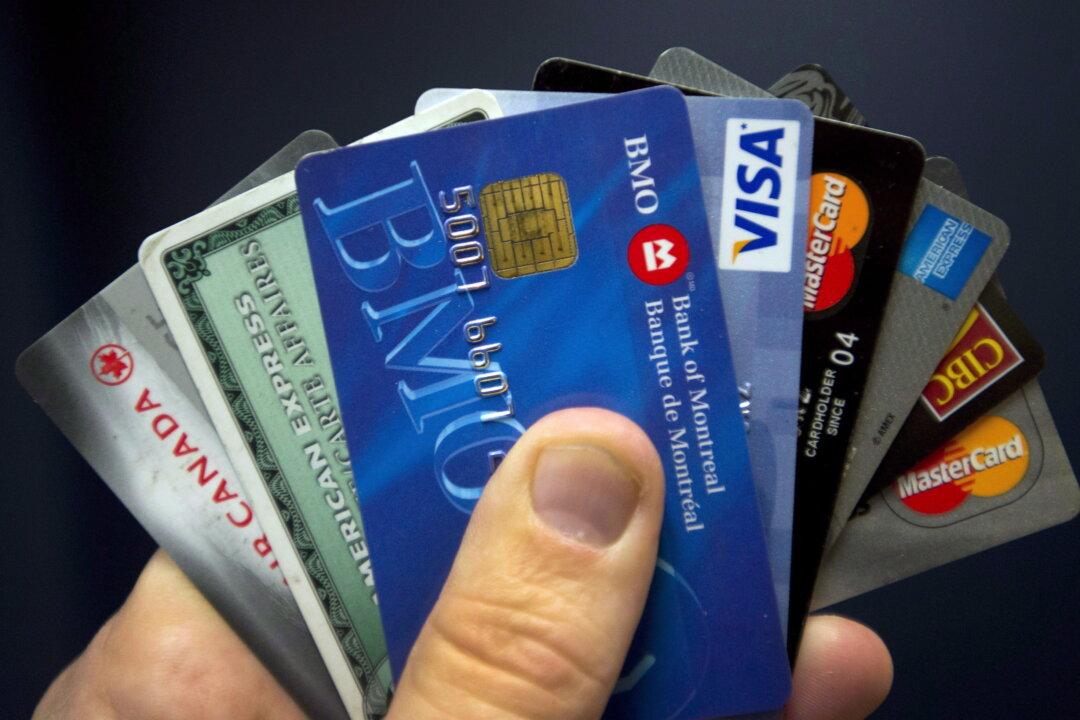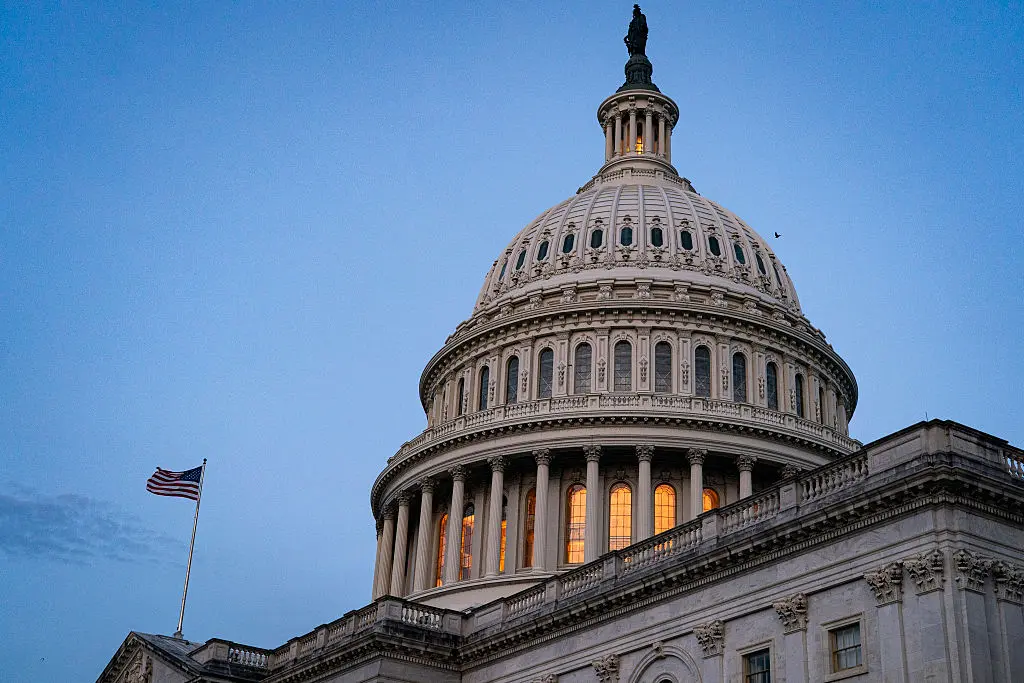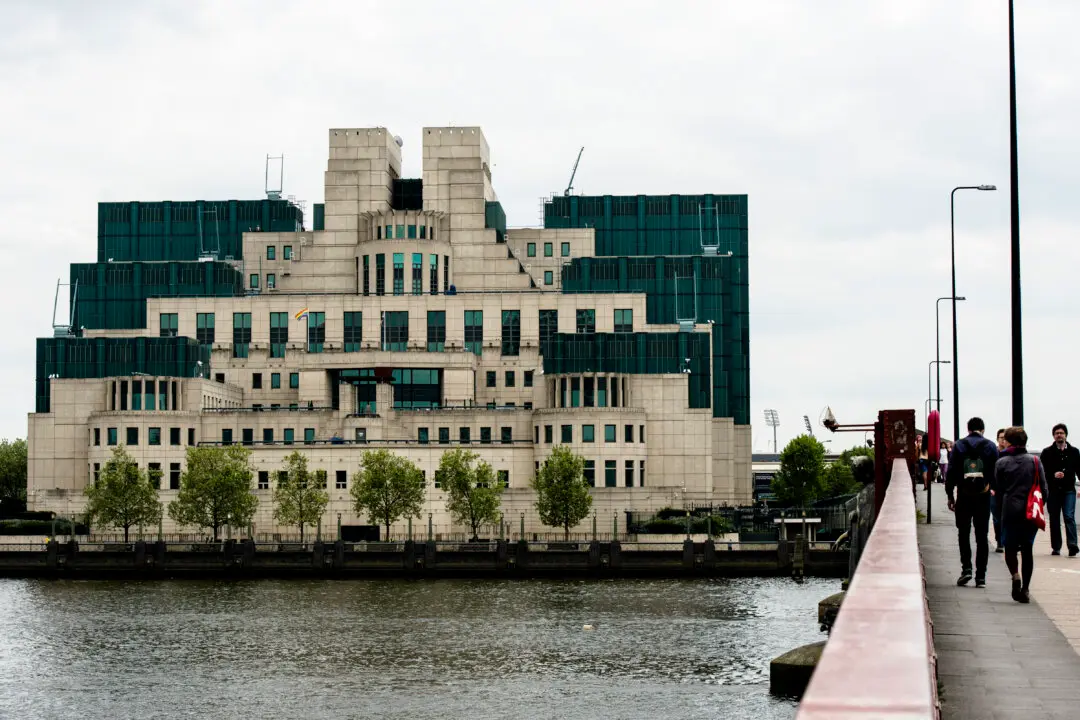A new report to Congress shows that, as the Federal Reserve raised interest rates last year at its fastest pace in decades, U.S. consumers paid a record-setting amount in credit card interest and fees.
The report, released on Oct. 25 by the Consumer Financial Protection Bureau (CFPB), tracks key developments and consumer risks in the credit card market.





